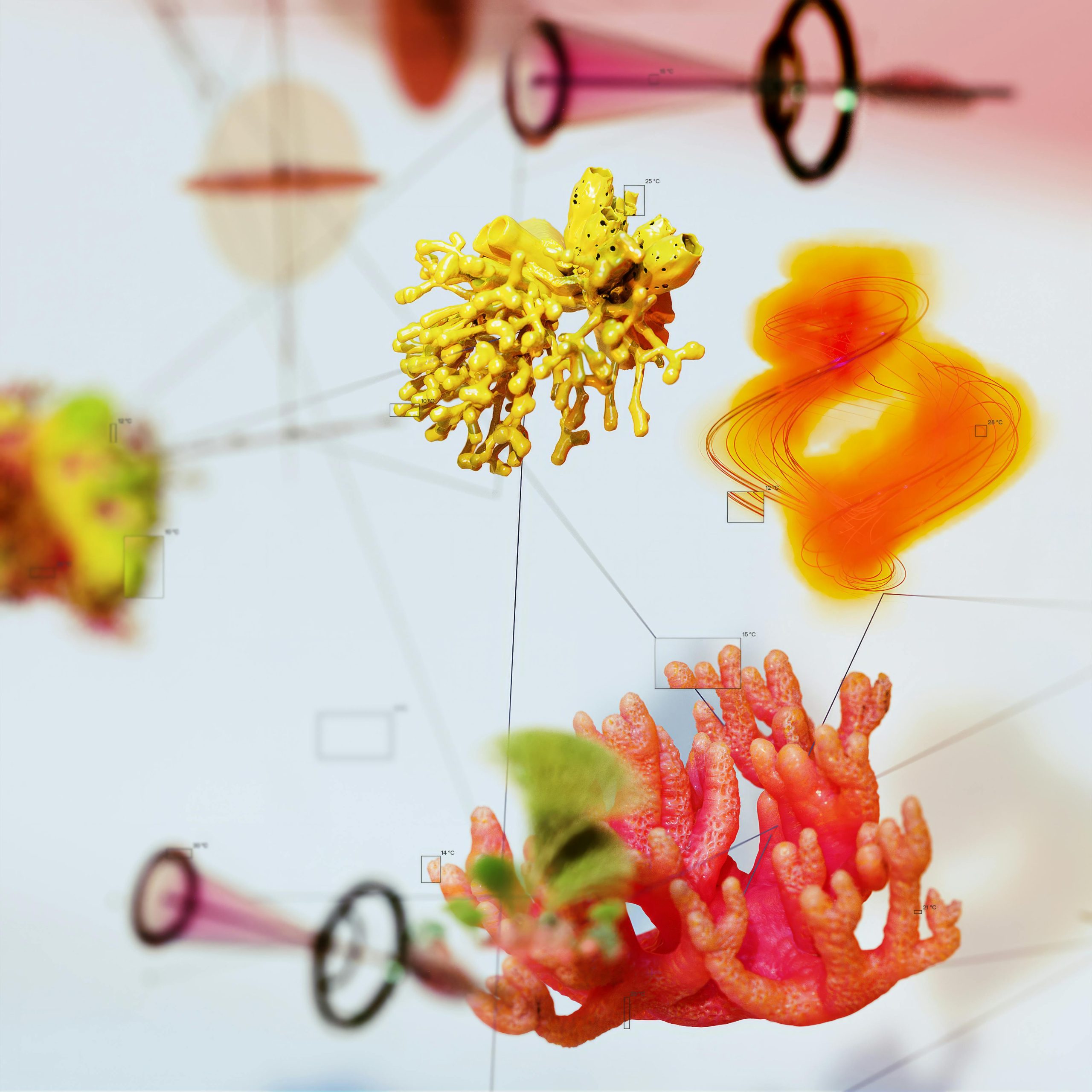The Propair Notation System: A Formal Framework for AI Interaction Composition
Understanding Human–AI Interactions through the Propair Notation System: A Formal Framework for Composition and Reasoning
In the realm of human–AI communication, each interaction can be distilled into a fundamental exchange: an Input (I) is provided to the model, which then returns an Output (O). This seemingly simple process can be rigorously formalized through the concept I term a “propair,” a composite of “prompt” and “pair,” capturing the essence of a single conversational step.
From Intuitive Exchanges to Formal Representation
To effectively analyze and manipulate these interactions, it is beneficial to establish a mathematical foundation. Consider the propair π as a triplet:
[
\pi = (I, O, \tau)
]
where:
– ( I \in \mathcal{I} ) represents the input space,
– ( O \in \mathcal{O} ) signifies the output space,
– ( \tau: \mathcal{I} \rightarrow \mathcal{O} ) is the transformation function embodying the AI model’s behavior.
In this formalism, a straightforward human–AI conversation, comprising a single query and response, corresponds to one such propair.
Constructing Complex Reasoning Chains with Propairs
Beyond isolated exchanges, propairs serve as modular building blocks—akin to Lego bricks—for crafting intricate reasoning pipelines.
- Sequential Composition: When the output of one propair feeds into the next, we interpret this as composition:
[
\pi_1 \circ \pi_2 = (I_1, O_2) \quad \text{where} \quad O_1 = I_2
]
This chaining models multi-step workflows, where each step depends on the previous output.
- Parallel Composition: Multiple models or processes can operate independently on the same input:
[
\langle \pi_1 \mid \pi_2 \mid \pi_3 \rangle (I) = (O_1, O_2, O_3)
]
enabling multi-faceted analysis or reasoning simultaneously.
- Aggregation: Outputs from parallel processes can be combined using an operator ( \oplus ):
[
\oplus(O_1, O_2, O_3) \xrightarrow{\tau_{\text{agg}}} O_{\text{final}}
]
which synthesizes multiple outputs into a cohesive result.
- *Conditional














Post Comment